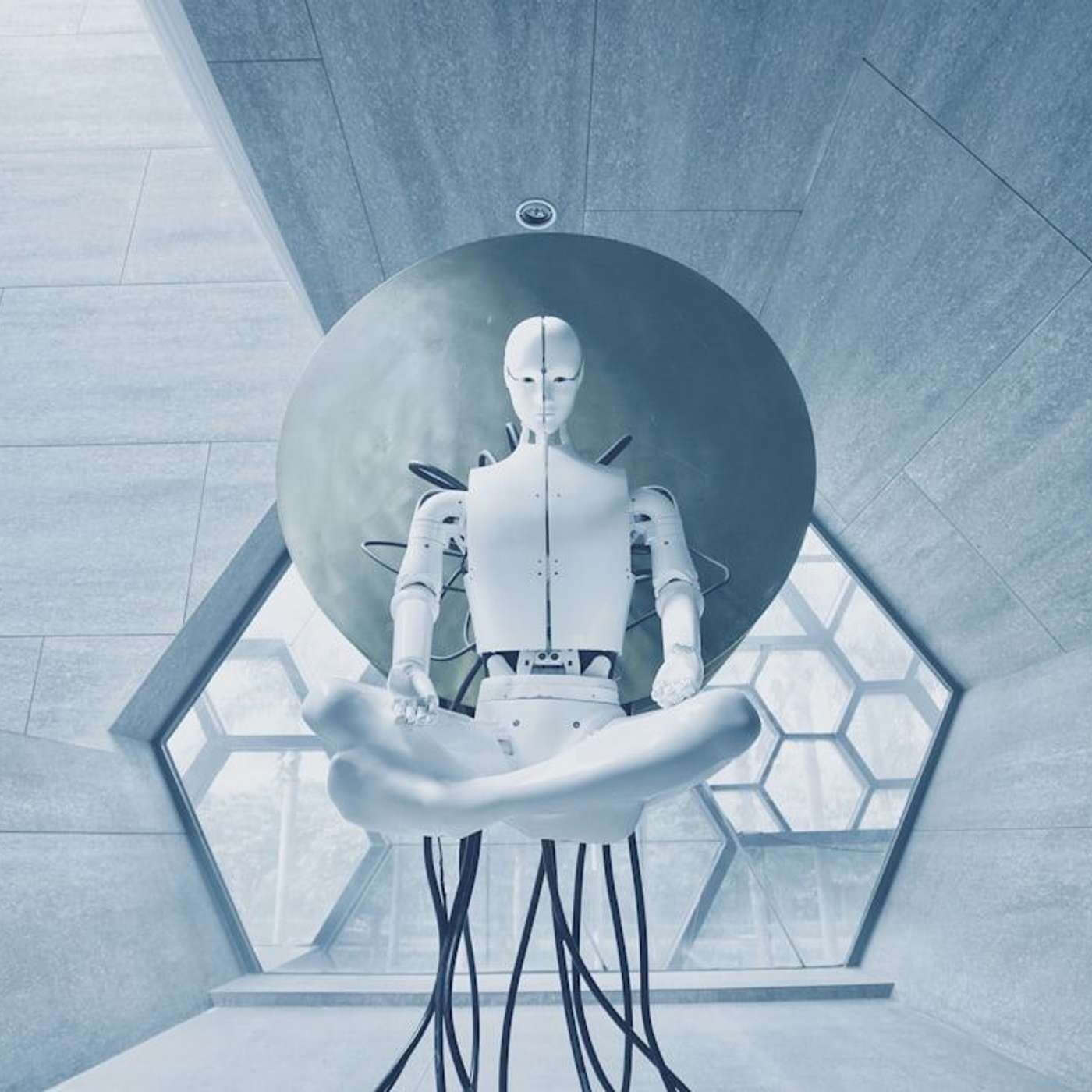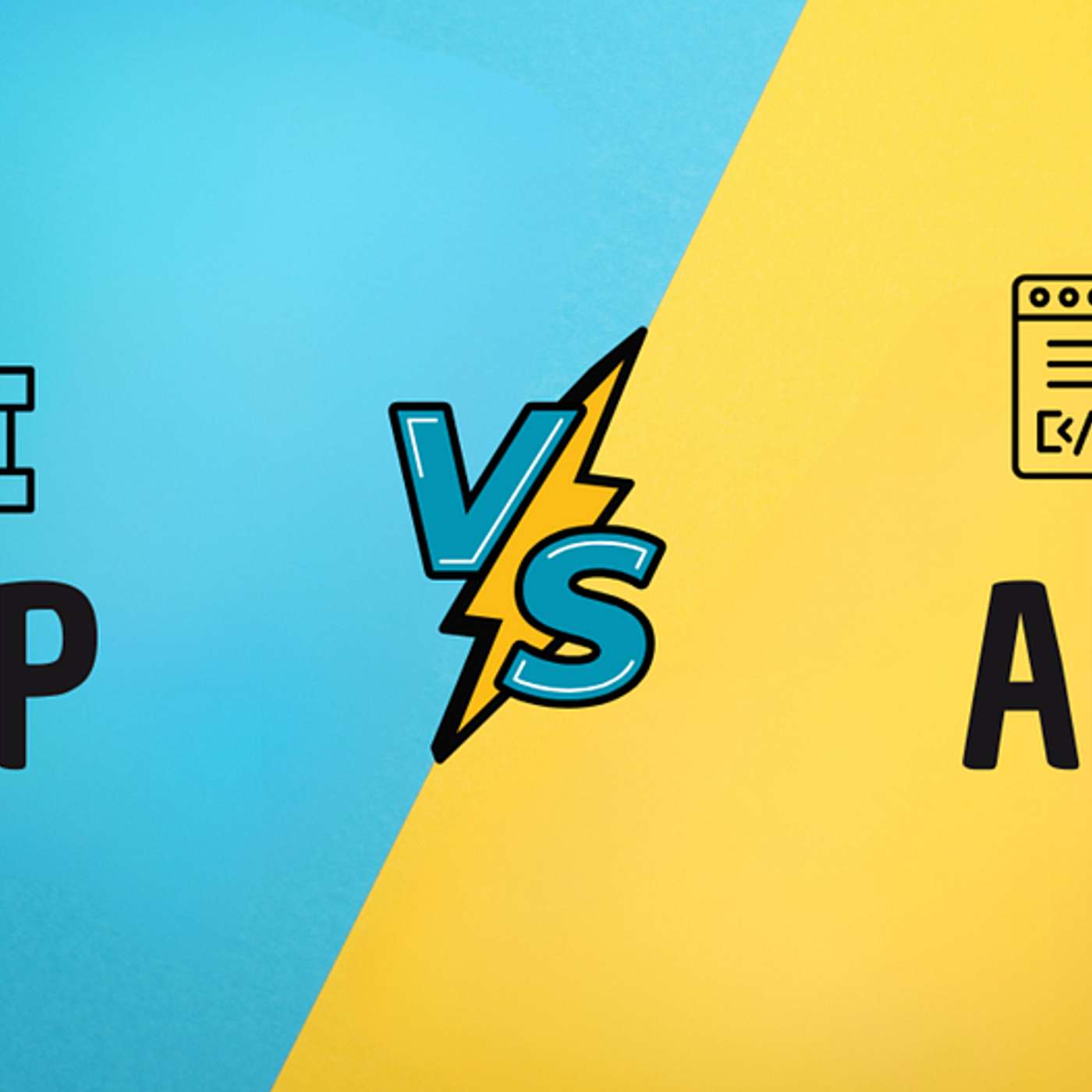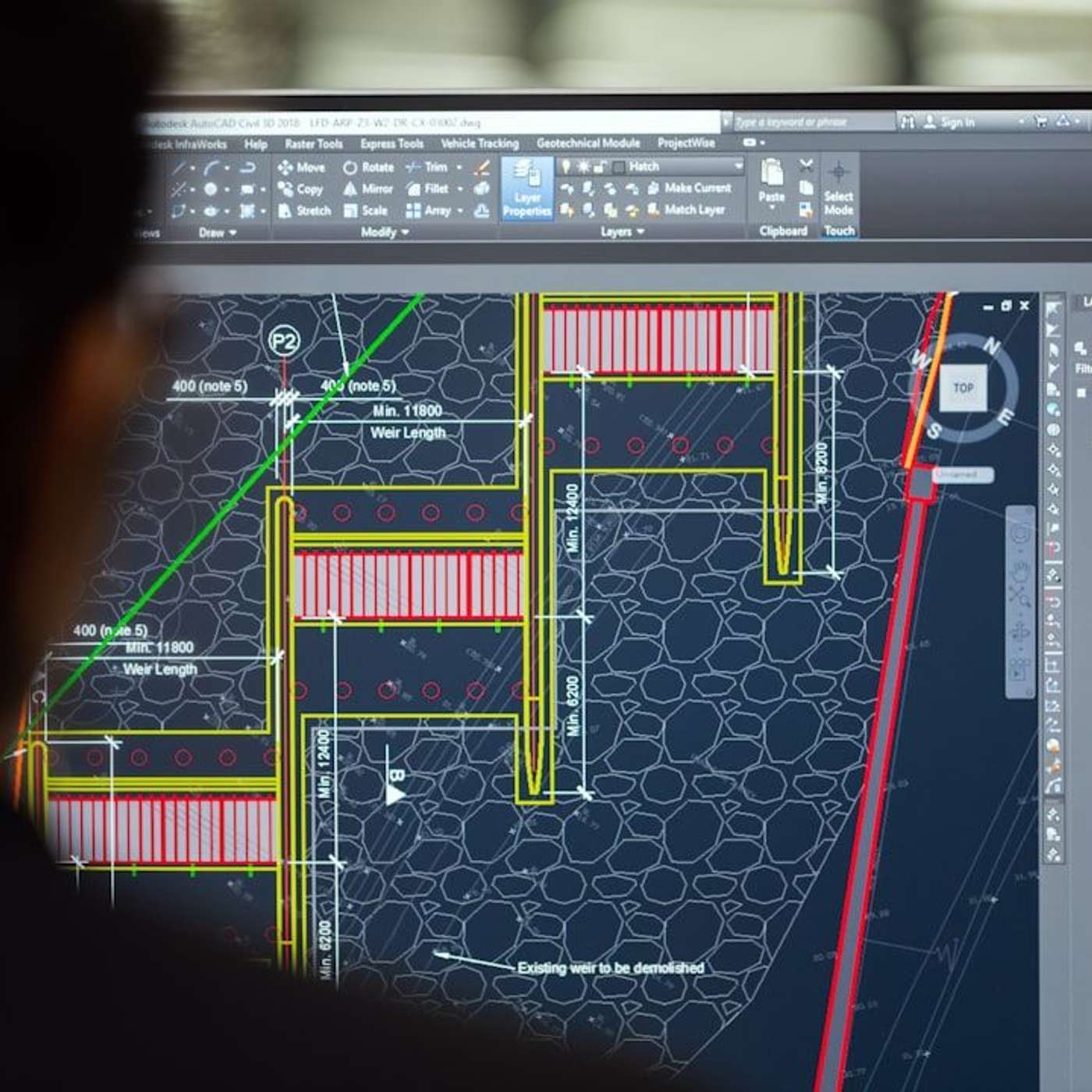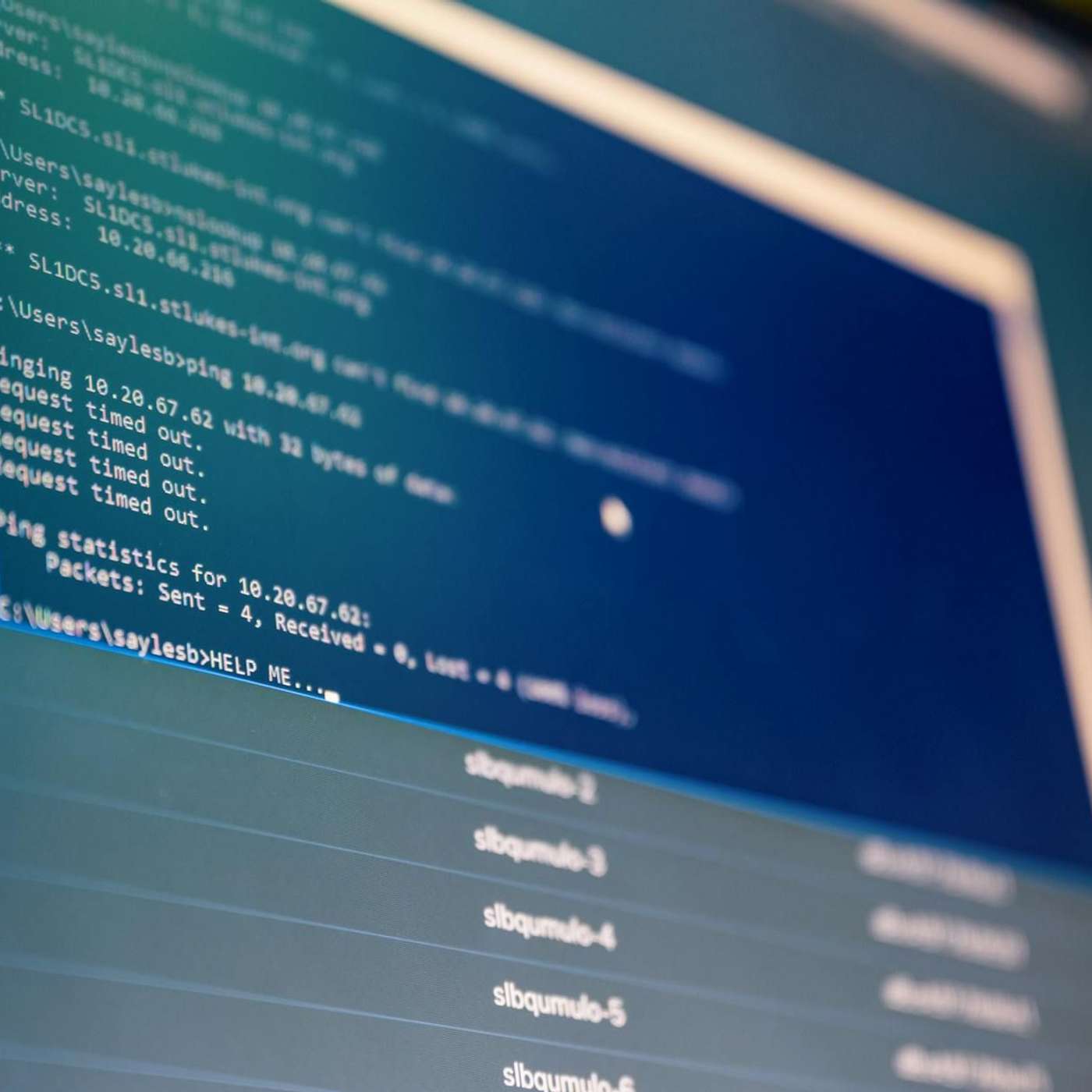Breaking Down Low-Rank Adaptation and Its Next Evolution, ReLoRA
Description
This story was originally published on HackerNoon at: https://hackernoon.com/breaking-down-low-rank-adaptation-and-its-next-evolution-relora.
Learn how LoRA and ReLoRA improve AI model training by cutting memory use and boosting efficiency without full-rank computation.
Check more stories related to machine-learning at: https://hackernoon.com/c/machine-learning.
You can also check exclusive content about #neural-networks, #sparse-spectral-training, #neural-network-optimization, #memory-efficient-ai-training, #hyperbolic-neural-networks, #efficient-model-pretraining, #singular-value-decomposition, #low-rank-adaptation, and more.
This story was written by: @hyperbole. Learn more about this writer by checking @hyperbole's about page,
and for more stories, please visit hackernoon.com.
Low-Rank Adaptation (LoRA) and its successor ReLoRA offer more efficient ways to fine-tune large AI models by reducing the computational and memory costs of traditional full-rank training. ReLoRA* extends this idea through zero-initialized layers and optimizer resets for even leaner adaptation—but its reliance on random initialization and limited singular value learning can cause slower convergence. The section sets the stage for Sparse Spectral Training (SST), which aims to resolve these bottlenecks and match full-rank performance with far lower resource demands.
























